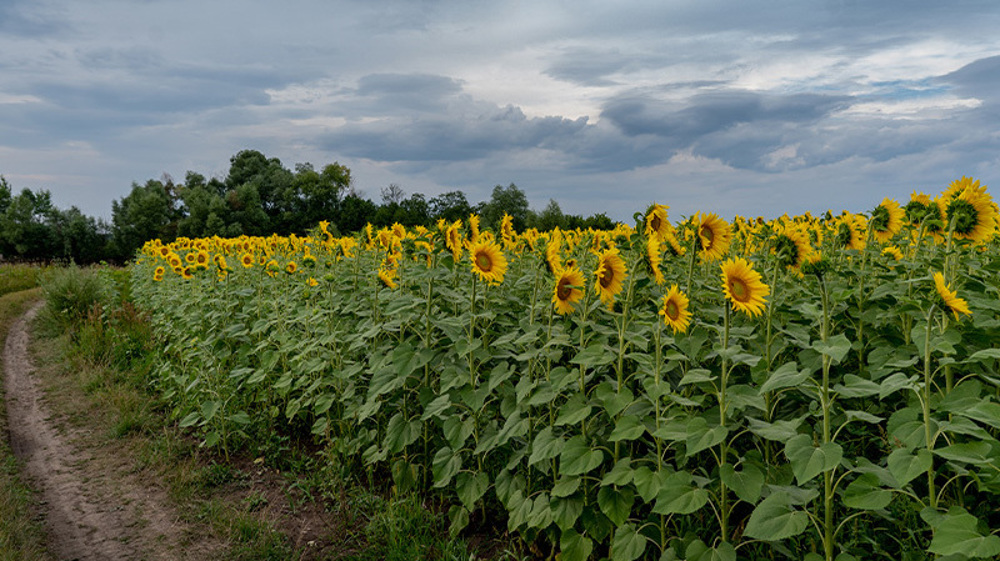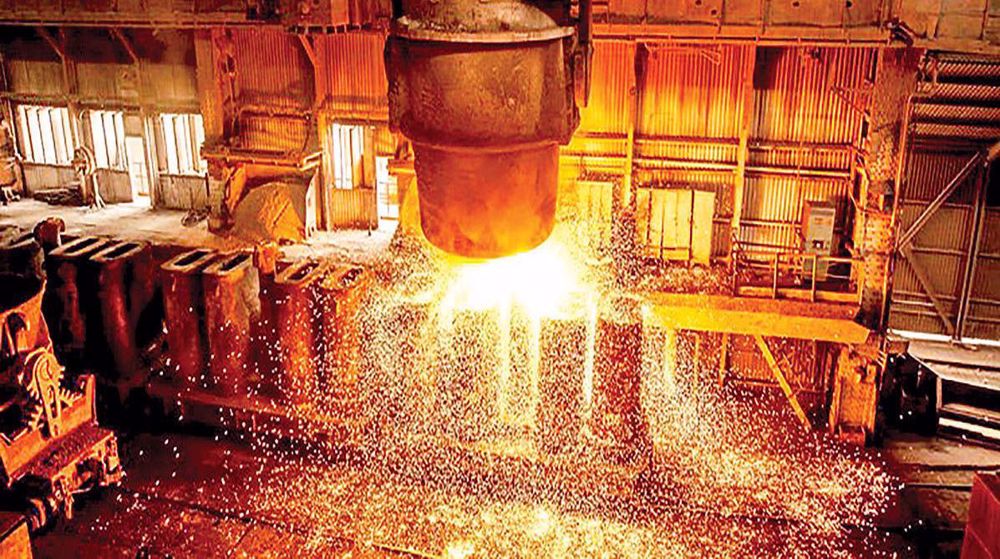Iran’s relative advantages for export of agricultural goods
Iran’s reliance on oil revenues has made its foreign exchange income and economy prone to oil price fluctuations, indicating how it is important to diversify export products and promote non-oil trade.
One sector standing out as the main growth driver is agriculture which has been selected among the core priority areas for self-sufficiency, food security and foreign exchange earnings.
According to statistics, agricultural products account for 32% of overall Iranian exports. Almost 80% of the country’s rural population makes a living through agriculture. This means Iran enjoys a very suitable capacity for the production and export of agricultural products.
Exporting agricultural and livestock items is one of the most profitable types of business with a high profit margin.
Last year, Iran exported $6.2 billion of agricultural products, 31.5% of which went to Iraq, 11.9% to the United Arab Emirates and 8.3% to Russia. Pakistan, Afghanistan, India, China, Turkey, Turkmenistan and Azerbaijan ranked next, where more than 83% of Iran's export goods headed to these 10 countries.
According to the Research Institute for Planning, Agricultural Economy and Rural Development, the average value of each kilo of agricultural export goods rose by 10.3% from 67 cents in 2022 to 74 cents in 2023, while the figure for imported goods fell by 4.5% from 73 cents to 70 cents during the same period.
Watermelons, apples, tomatoes, potatoes, garlic and onions were the five main export items in terms of weight and pistachios, apples, dates, tomatoes and milk powder were the five main export items in terms of value last year.
Agricultural products, along with oil, caviar, hand-woven carpets, were once key Iranian export items. But a multilayered sanctions regime imposed over years has taken a toll on long-distance exports mostly destined for the US and Europe.
As a result, the export of traditional Persian rugs from Iran, a market which once exceeded $2 billion, has plummeted, so has the sales of pistachios, the popular nibble which was once Iran's main export commodity outside the oil sector, earning it more than $1 billion once and providing many people with jobs in an arid area such as the southeastern province of Kerman.
The delicacy had even its customers in the United States where it was allowed along with Iranian caviar, saffron and carpets for limited business. But in what was characterized as a pistachio war, the US government settled for a 300 percent tariff on Iranian pistachio imports back in 1986, which helped American growers dominate the local market and then turn their attention to Iran’s clients elsewhere.
The situation has left Iran to chart out its presence in the neighboring markets. Some of the most important agricultural and horticultural products of Iran for export to neighboring markets are oranges, raisin, citrus fruits and vegetables, high-quality kiwifruit, potatoes, peanuts, rice, dates and grapes.
Iranian honey, pomegranates, carrots, cucumbers and olives have also a legion of customers in neighboring countries and beyond.
Iran’s climatic conditions and geographical location allow it to produce a variety of high-quality agricultural products, which in addition to providing for foreign exchange earnings enable the country to improve its food security and economic resilience limits.
What is needed now is to move towards the specialization of all selected products with relative export advantage. In other words, Iran has to set out long-term plans for promotion of its exports in the world market.
Given the export capacities of Iran's agricultural sector, the country is best advised to initiate long-term contracts for continuous production and export policies and their implementation in the target markets in order to increase the export share of its selected agricultural products.
VIDEO | Gaza ceasefire obstacles
VIDEO | Pakistani Christians mark Christmas in solidarity with Palestine
VIDEO | Plight of Gaza cancer patients
Dozen people killed in armed clashes in Syria’s Tartus
VIDEO | Yemen’s hypersonic missiles continue targeting Israel
VIDEO | Intl. event marks Yalda Night, Christmas, Birth Anniv. of Lady Fatima (PBUH)
Russia urges IAEA to uphold impartiality in monitoring Iran's nuclear facilities
VIDEO | Sana’a university students slam US-Israeli aggression against Gaza, Yemen










 This makes it easy to access the Press TV website
This makes it easy to access the Press TV website